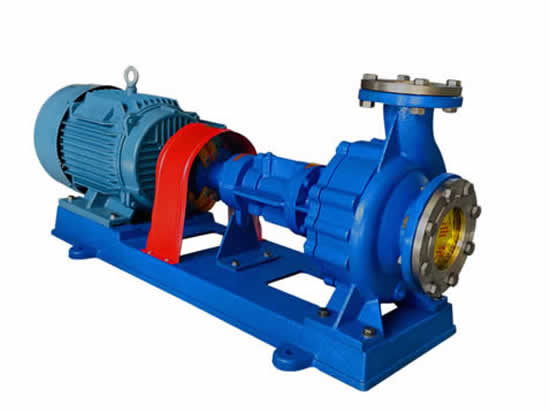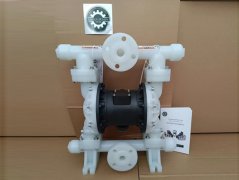After the power of the magnetic Drive pump is suddenly cut off, the magnetic pump and the prime mover will rotate freely, which will cause serious damage to the system. Except in rare cases with flywheels, pumps and prime movers usually have only a small moment of inertia. Therefore, the pump will stop quickly and gently. At this time, unless the pipeline is very short, the inertia of the fluid will still force the fluid to flow forward, while the decelerating magnetic pump acts like a throttle valve. The pressure in the discharge pipeline drops rapidly. In some cases, the pressure at the pump outlet or at a certain height along the pipeline may be lower than atmospheric pressure.
The low-pressure head that occurs during this movement stage is called a descending wave. At this time, since the liquid column is completely separated, the pressure can be low enough to cause vaporization. Therefore, during the separation period, the pipeline will be damaged due to external atmospheric pressure, which has happened many times. When the liquid column recombines after separation, its shock pressure may be enough to rupture the pipeline or pump. Closing the valve on the discharge line can only make the situation worse. Therefore, the valve should be operated in accordance with the procedure. Before the reverse flow begins, it should be closed rarely even if it is closed.
Reverse flow can be controlled by a valve, or by putting air at or near the outlet to empty the discharge line. If the reverse flow is not affected by the resistance ratio, the pump will stop and then accelerate the rotation in the reverse direction. After release, the magnetic pump will rotate like a hydraulic turbine at the runaway speed corresponding to the effective static head reduced due to system friction. However, when the reverse flow has been formed, the reverse rotation speed may exceed the runaway rotation speed in the steady state and reach a considerable value. The large reverse speed increases with the increase of pump efficiency and specific speed.
Calculations show that the reverse speed can exceed 150% of the rated speed. This point should be considered when choosing a prime mover, especially when choosing a large electric motor. When there is a reverse flow, a pressure rise called a rising wave is generated in the discharge line. A large upswing usually occurs when a large reverse is reached.







 +8617731766260/18233754501
+8617731766260/18233754501  fan@saikenpumps.com
fan@saikenpumps.com









 +8617731766260/18233754501
+8617731766260/18233754501 +86-317-8227664
+86-317-8227664
 +8618233754501
+8618233754501